Introduction
Eye contact is one of the simplest yet most powerful ways humans and dogs communicate. While dogs can’t speak our language, their eyes often convey emotions, intentions, and reactions more clearly than words ever could. For dog owners, understanding and using eye contact effectively can be a game-changer in building a strong, trusting bond.
Research shows that when a dog and their owner engage in mutual gaze, both release oxytocin—the “love hormone”—which strengthens emotional attachment and fosters feelings of comfort and security. But not all eye contact is created equal: while a soft, relaxed gaze can signal affection and trust, a hard stare can indicate fear, stress, or even a challenge.
In this post, we’ll explore why eye contact is so important in dog bonding, how to recognize positive versus negative signals, and practical ways to use eye contact to deepen your connection. By learning to read your dog’s eyes and respond thoughtfully, you can enhance communication, reinforce trust, and create a stronger, more meaningful relationship with your furry companion.
1. Why Eye Contact Matters in Dogs
Eye contact is a fundamental form of communication between dogs and humans. While we often rely on words to connect with each other, dogs use their eyes to convey a wide range of emotions and intentions, from curiosity and affection to anxiety and caution. Understanding the nuances of eye contact allows you to interpret your dog’s feelings accurately and respond in ways that strengthen trust.
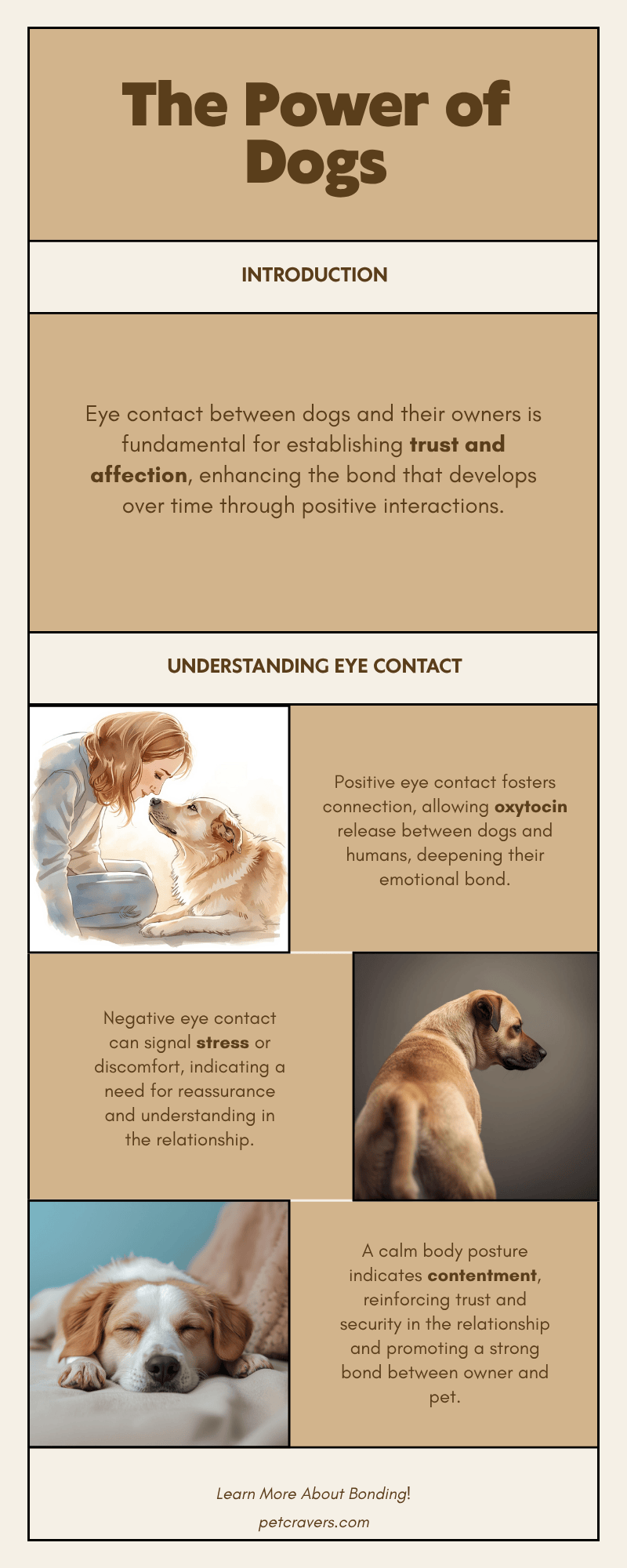
The Science Behind Eye Contact:
Research has shown that when dogs and their owners engage in mutual gaze, both experience a rise in oxytocin levels—the hormone associated with bonding, trust, and affection. This physiological response not only reinforces the emotional connection but also helps your dog feel more secure and comfortable around you.
Key Takeaways:
- Eye contact is more than just looking—it’s a tool for emotional communication.
- Dogs respond to your gaze and tone, creating a two-way interaction that deepens the bond.
- Recognizing positive versus negative eye contact can prevent misunderstandings and strengthen trust.
Benefit:
By paying attention to eye contact, you can better understand your dog’s emotions, meet their needs more effectively, and foster a closer, more trusting relationship.
2. Signs of Positive Eye Contact
Not all eye contact is the same, and being able to recognize signs of positive engagement is key to building trust with your dog. When your dog is comfortable and happy, their eyes will reflect calmness, interest, and affection.
Signs to Look For:
- Soft, Relaxed Eyes: Your dog’s eyelids may be slightly drooped, and their gaze is gentle rather than intense.
- Slow Blinking: A slow blink is a calming signal that shows your dog feels safe and relaxed.
- Gentle Gaze Without Staring: A relaxed dog will look at you attentively but without a fixed, hard stare.
- Relaxed Body Language: A wagging tail, loose posture, and relaxed ears often accompany positive eye contact.
- Approach Behavior: Dogs that make eye contact and then move closer to you are expressing trust and interest.
Bonding Benefits:
Recognizing and encouraging positive eye contact strengthens communication and emotional connection. When you respond to these gentle, trusting looks with calm speech, gentle petting, or treats, your dog learns that interacting with you is safe and rewarding. Over time, this mutual gaze fosters a deeper bond and reinforces the sense of trust between you and your furry companion.
3. Signs of Negative or Stressful Eye Contact
While positive eye contact strengthens bonds, certain types of gaze can indicate stress, fear, or discomfort. Learning to recognize these signs helps you respond appropriately, ensuring your dog feels safe and supported.
Signs to Watch For:
- Hard Staring: A fixed, intense gaze may signal fear, aggression, or discomfort.
- Avoidance or Turning Away: If your dog looks away, turns their head, or avoids eye contact, they may be feeling anxious or overwhelmed.
- Stress Signals: Lip licking, yawning, panting, or cowering often accompany uneasy eye contact.
- Tense Body Language: Raised hackles, stiff posture, or tucked tail may indicate that your dog is uncomfortable.
- Whining or Growling: Vocal cues combined with difficult eye contact can reinforce stress or fear.
Bonding Benefits:
Recognizing negative eye contact allows you to adjust your behavior, give your dog space, and prevent escalating stress. By responding with patience and calm reassurance instead of forcing interaction, you demonstrate respect for their emotional boundaries. This careful approach helps your dog feel safe and ultimately builds stronger trust over time.

4. How to Use Eye Contact to Strengthen Bonding
Eye contact can be a powerful tool to deepen your relationship with your dog when used thoughtfully. By pairing gentle gaze with positive interactions, you can enhance trust and emotional connection.
Techniques for Using Eye Contact Effectively:
- Gaze During Positive Interactions: Maintain soft eye contact while feeding, playing, or petting your dog to reinforce feelings of safety and affection.
- Pair with Calm Voice and Gentle Touch: Eye contact is most effective when combined with a soothing tone and gentle handling, signaling reassurance and care.
- Encourage Voluntary Engagement: Use simple training exercises, such as teaching “look at me,” to prompt your dog to make eye contact voluntarily rather than forcing it.
- Use Treats and Praise: Reward your dog for holding gentle eye contact during training or bonding moments. Positive reinforcement reinforces the connection.
- Short, Frequent Sessions: Gradually increase the duration of eye contact in short sessions to prevent stress or overstimulation.
Bonding Benefits:
When used appropriately, eye contact strengthens mutual understanding and emotional closeness. Dogs learn to associate your gaze with comfort, trust, and positive experiences. Over time, these small interactions build a deeper sense of attachment, making your dog feel more secure and connected to you.
5. Common Mistakes to Avoid
While eye contact can be a powerful bonding tool, misuse or misinterpretation can create stress or miscommunication. Being aware of common mistakes helps ensure your interactions remain positive and trust-building.
Mistakes to Avoid:
- Forcing Prolonged Eye Contact: Pressuring a fearful or anxious dog to maintain gaze can increase stress and damage trust.
- Misinterpreting a Hard Stare: Not all eye contact indicates affection—intense staring can signal discomfort or challenge.
- Ignoring Body Language: Focusing solely on the eyes without noticing cues like tail position, ear movement, or posture may lead to misreading your dog’s feelings.
- Overloading with Eye Contact: Extended staring during play or training can overwhelm some dogs, especially rescue or shy dogs.
- Using Eye Contact as Punishment: Staring aggressively at a dog to correct behavior can escalate fear or aggression.
Bonding Benefits:
Avoiding these mistakes helps maintain a safe, positive environment where your dog feels understood and secure. Respecting their comfort and reading subtle cues ensures eye contact strengthens trust rather than creating tension.
6. Fun Activities to Enhance Eye Contact
Engaging your dog in activities that encourage positive eye contact can strengthen your bond while keeping training enjoyable. These exercises make eye contact a natural, rewarding part of your interactions.
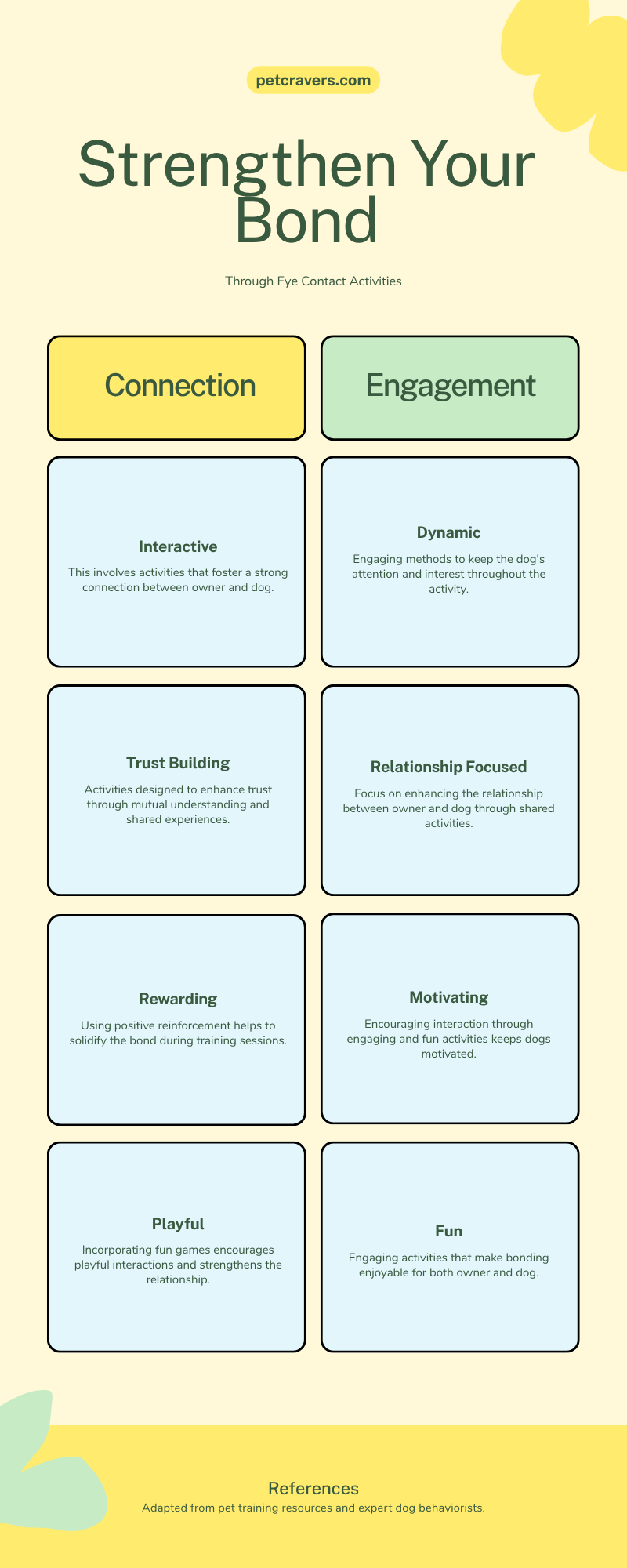
Activities to Try:
- “Look at Me” Training: Teach your dog to focus on your eyes on command. Start with short durations and reward with treats and praise.
- Interactive Treat Sessions: Hold a treat near your face and encourage your dog to maintain gentle eye contact before giving the reward.
- Calm Bonding Time: Sit quietly with your dog, allowing them to approach and make soft eye contact naturally while petting or speaking softly.
- Playtime with Engagement: During games like fetch or tug-of-war, pause occasionally to make eye contact and reward your dog’s attentive gaze.
- Use Positive Reinforcement: Always pair eye contact with treats, praise, or affection to reinforce trust and comfort.
Bonding Benefits:
These activities encourage voluntary engagement, helping your dog associate eye contact with positive experiences. Over time, your dog will seek these moments naturally, strengthening emotional connection, improving communication, and enhancing trust in a fun and interactive way.
Conclusion
Eye contact is a powerful tool in building a strong, trusting bond with your dog. It goes beyond simple glances—through mutual gaze, dogs and humans communicate emotions, intentions, and affection. By understanding the difference between positive and negative eye contact, responding to your dog’s cues, and using eye contact thoughtfully during play, training, and quiet moments, you can deepen emotional connection and strengthen trust.
Remember to pair eye contact with calm tones, gentle touch, and positive reinforcement. Avoid forcing your dog into prolonged or stressful gazes, and always pay attention to their body language. Engaging in fun activities like “look at me” training or treat-based bonding sessions can make eye contact an enjoyable and rewarding part of your daily interactions.
With patience, consistency, and awareness, eye contact becomes a bridge for communication, trust, and love—helping you and your dog develop a truly unbreakable bond.
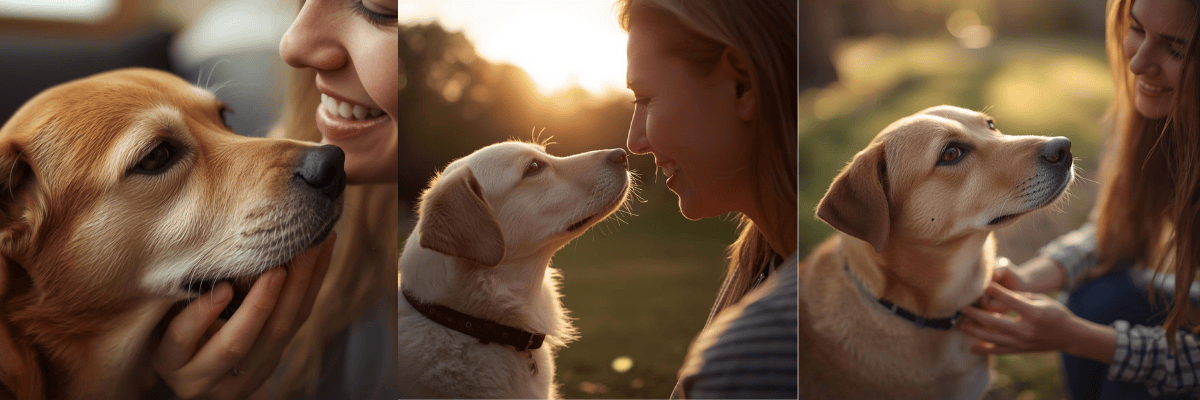
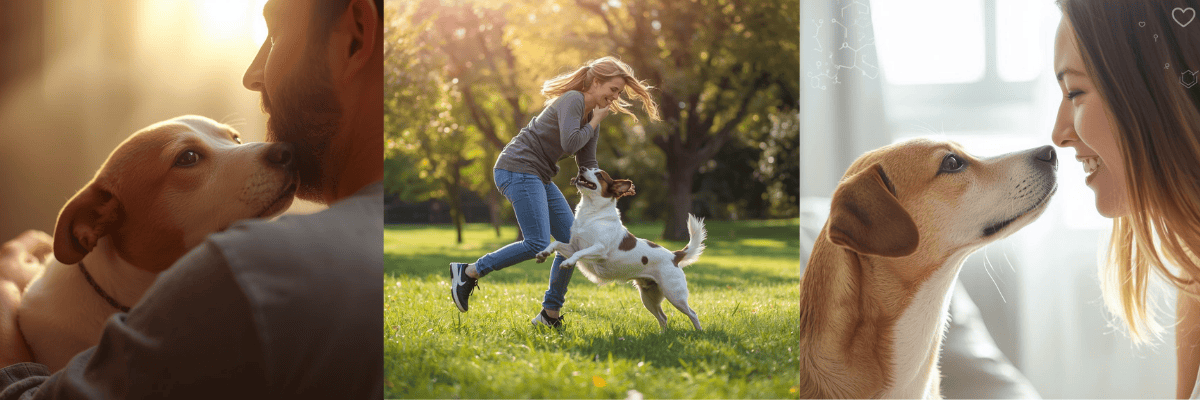
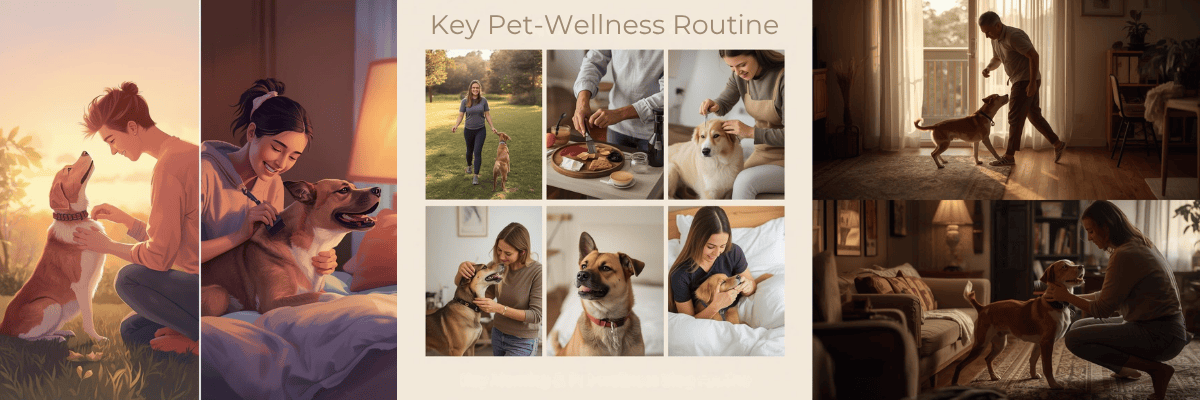

Leave a Reply